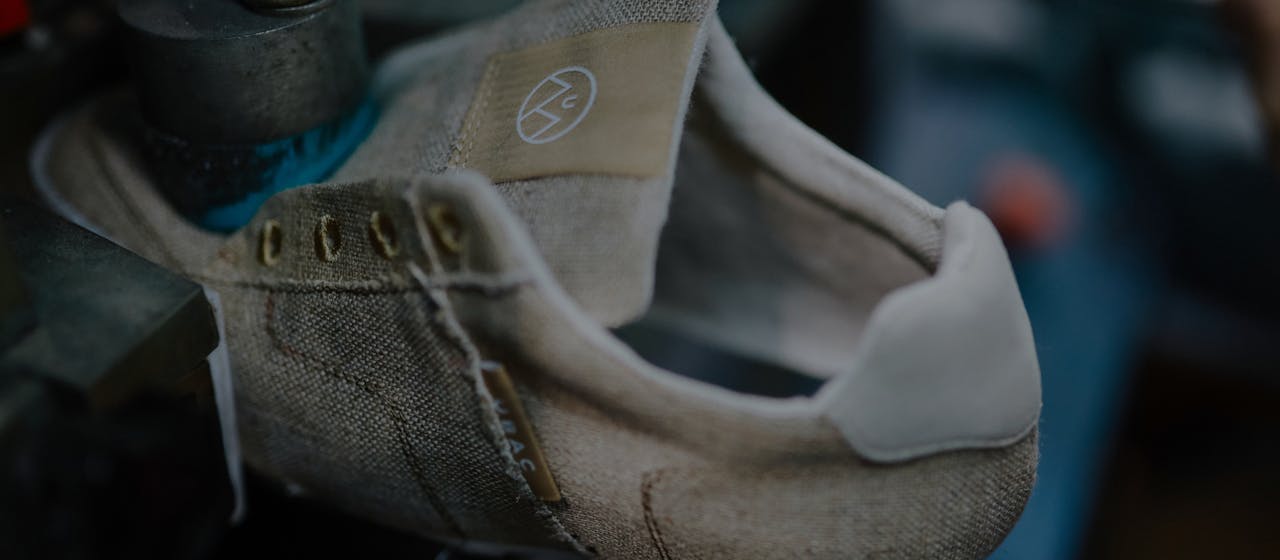
All about the carbon impact of our products
As you may have noticed, for some time now we have been displaying the carbon footprint of our products. We were able to calculate it with the help of the Carbonfact organization, to whom we gave all our information. How did they do it?
The Carbonfact Method
Carbonfact's methodology is based on the ISO 14040 and PEF (Product Environmental Footprint) standards. The PEF is a common framework for the European Union, created by various associations (including ADEME and Refashion) and brands (Decathlon, H&M...), whose goal is to define what should be measured to know the carbon footprint of a product.
The unit of measurement used is the CO2 equivalent (called kgCO2e): this number describes the quantity of carbon dioxide that would have the same global warming potential (or GWP) as the product over 100 years. Once all this is calculated, the product whose footprint we want to know is compared to a representative product defined by the PEF, which is still working on the subject. But what criteria are taken into account in the calculation of the kgCO2e?
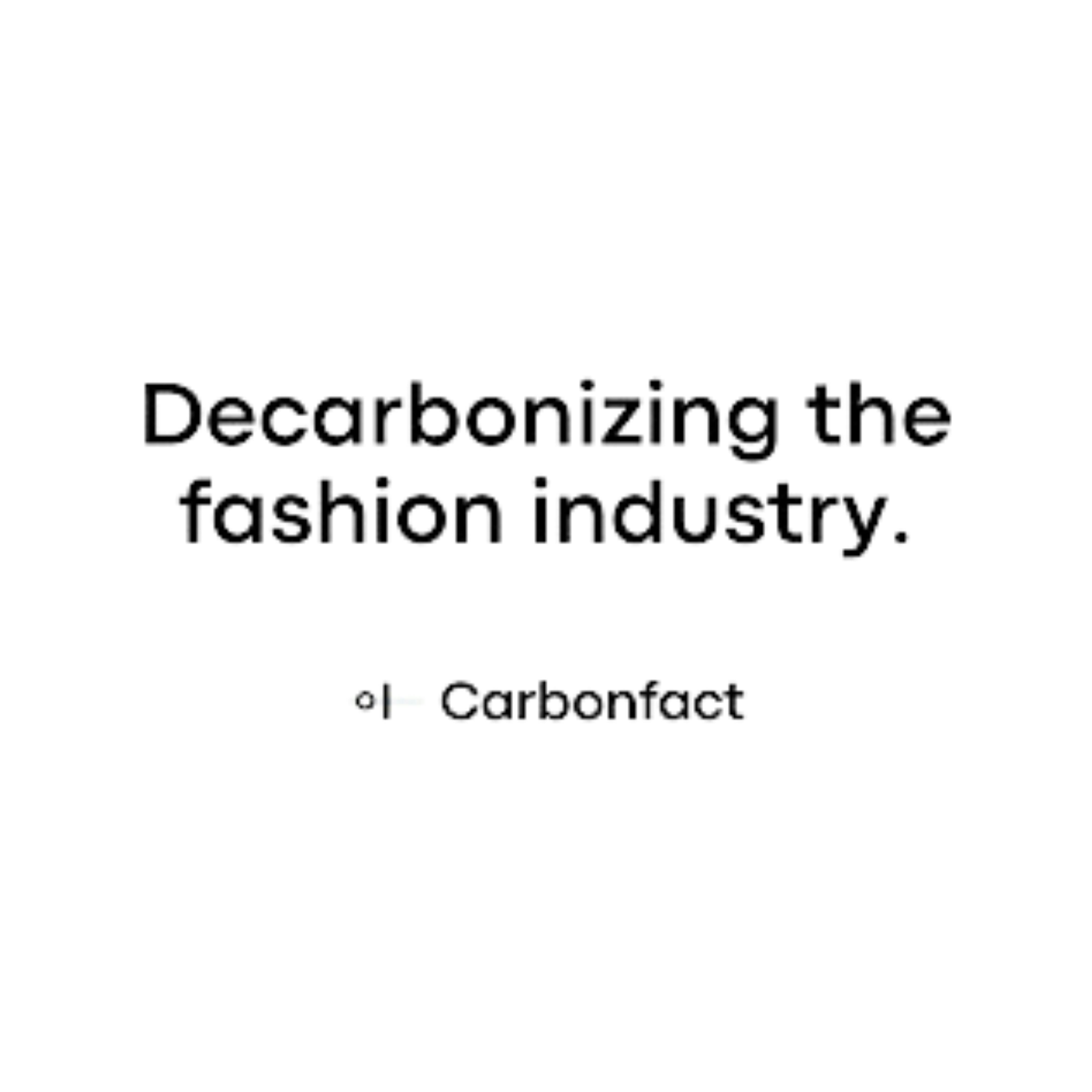

The production of materials
Carbonfact looks at the amount of carbon equivalent emitted to make one kilogram of material. Making a fabric is a long process, and it is generally the most polluting part of a product. The first point is to know the number of machines used for its realization, from its culture to its transformation into fabric (according to the nature of the fabric: synthetic, vegetable or animal, this number varies). Depending on the energy used, they emit more or less CO2: a knitting machine will have more impact if it runs on coal than on electricity. Carbon fact also checks the percentage of material loss during production.
To be perfectly accurate, it would be best to have access to the energy data of the manufacturing companies themselves, but these are often inaccessible. In this case, Carbonfact refers to various specialized industry databases, as well as scientific texts. If different databases give very different figures, Carbonfact builds an uncertainty scale. The difference between the lowest and highest measurement, multiplied by the volume of the product, is then calculated to establish the uncertainty scale and to try to find more information to make the calculation as close to reality as possible.

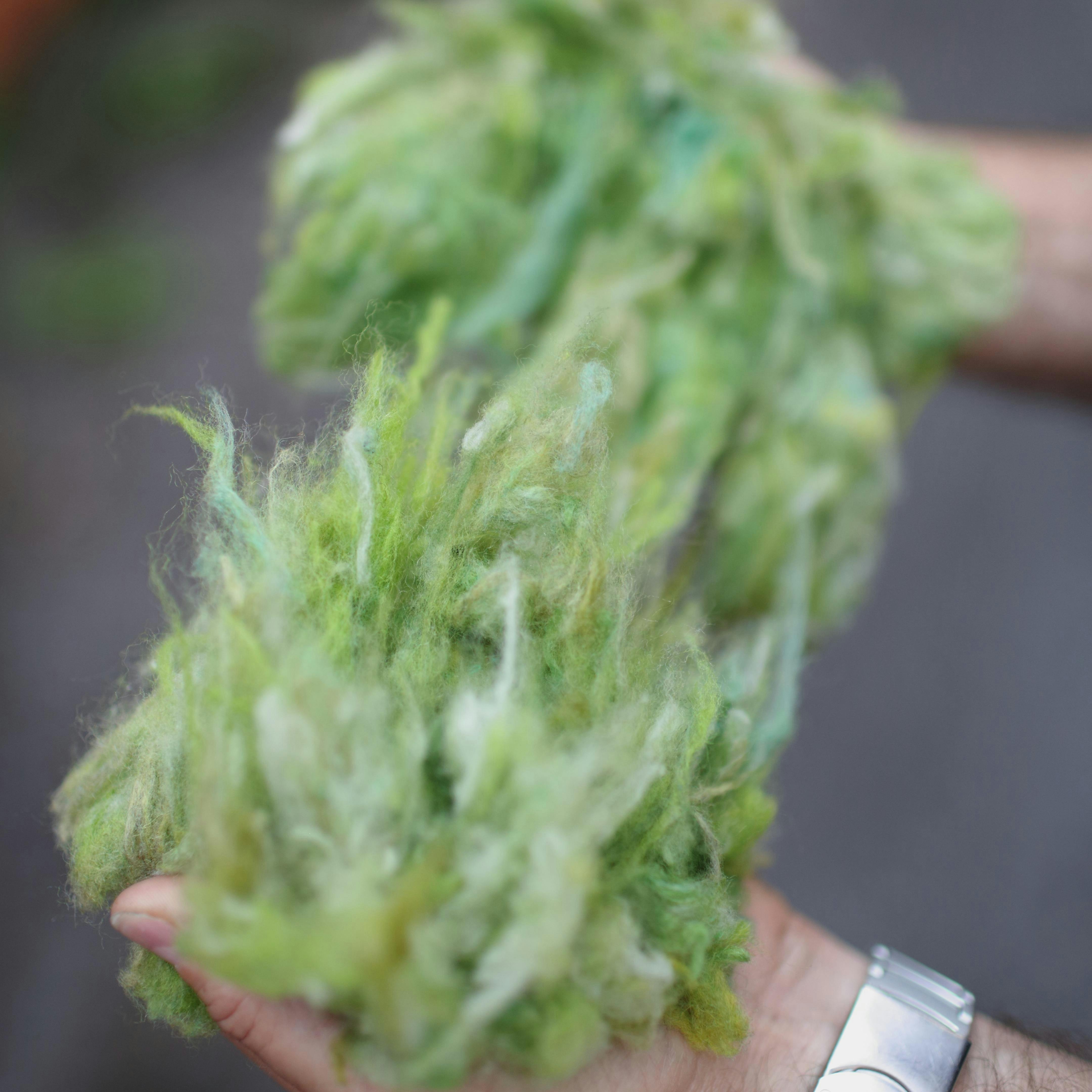
Fiber production
Here, we differentiate 4 categories: synthetic fibers (mostly derived from oil, they constituted 64% of the market in 2021), animal fibers (wool, feathers ... or 2% of the market in 2021), plant fibers (28% of the market in 2021) and cellulosic fibers (often from wood cellulose, such as lyocell or viscose, which represent 6% of the market).
Carbonfact focuses here on the type and amount of energy used to produce these fibers, but also on the chemicals involved in their manufacture. If the origin of the fiber is known, the calculation is adjusted by taking into account the region of origin of the fiber. Otherwise, global figures are used.
Manufacture of the thread
The impact of a yarn production, even of the same material, can vary according to the size of the yarn, so this is one of the key information to take into account. It is also necessary to consider the spinning process which is not the same according to the material: some are exempt from carding or combing. We must also consider the percentage of loss of a production (Carbonfact uses a default value of 5% if the information is not known).
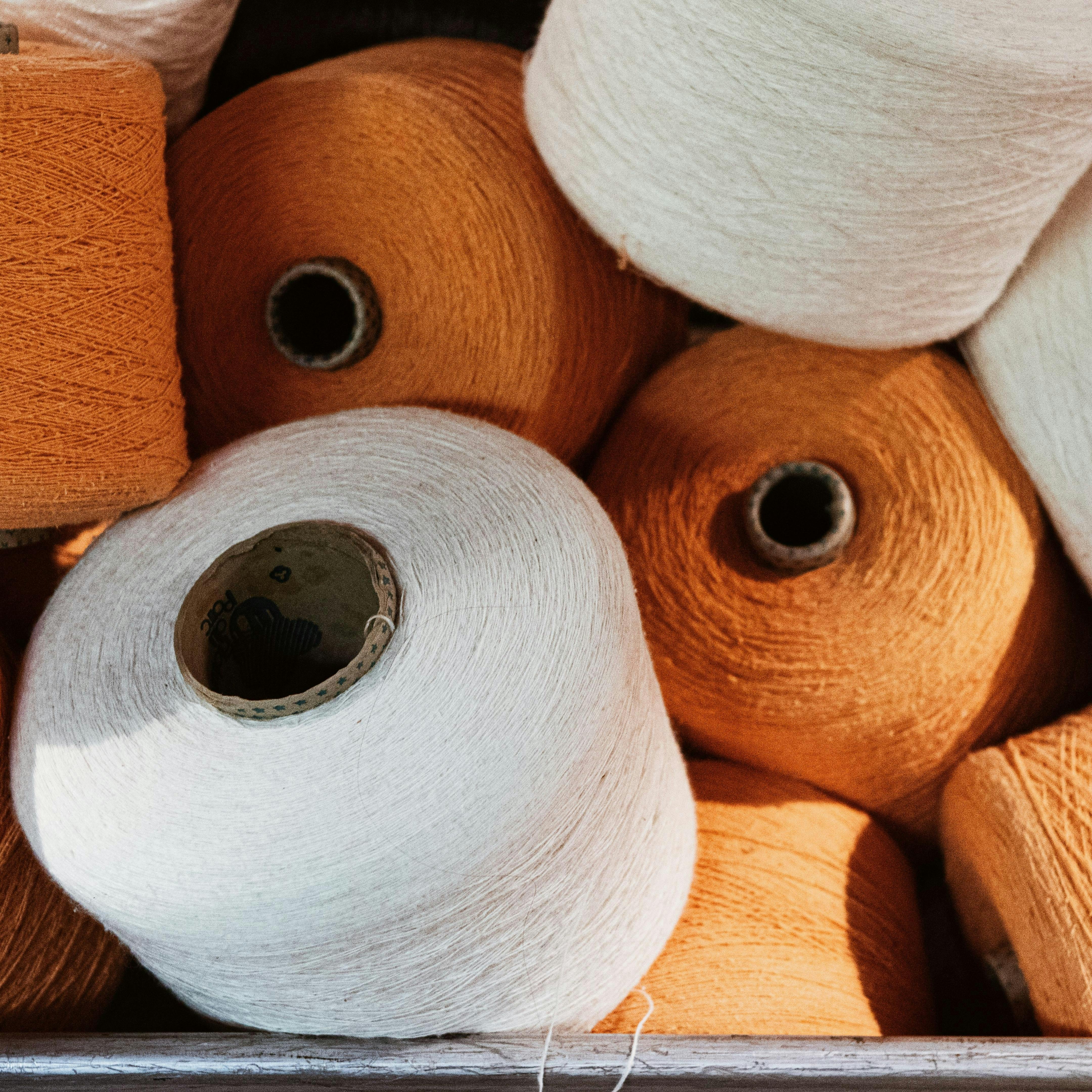
Textile weaving
The CO2 equivalent of the fabric varies according to its type. Weaving requires the machine to make more movements, and therefore uses more energy than knitting for example, so this is the first point to measure. Also taken into account are the DeciTex of the yarn (the weight of the yarn per 10,000 meters) and, again, the location of the weaving mill, which determines the type of energy used.
Priming and treatment
These are all processes to improve the properties or appearance of a textile (cleaning the fibers before spinning, coloring the fabric, anti-pilling or waterproof treatment ...). These treatments require water, chemicals, heat and electricity. Again, Carbonfact needs to know the quantities of products used as well as the location and type of energy used by the company.
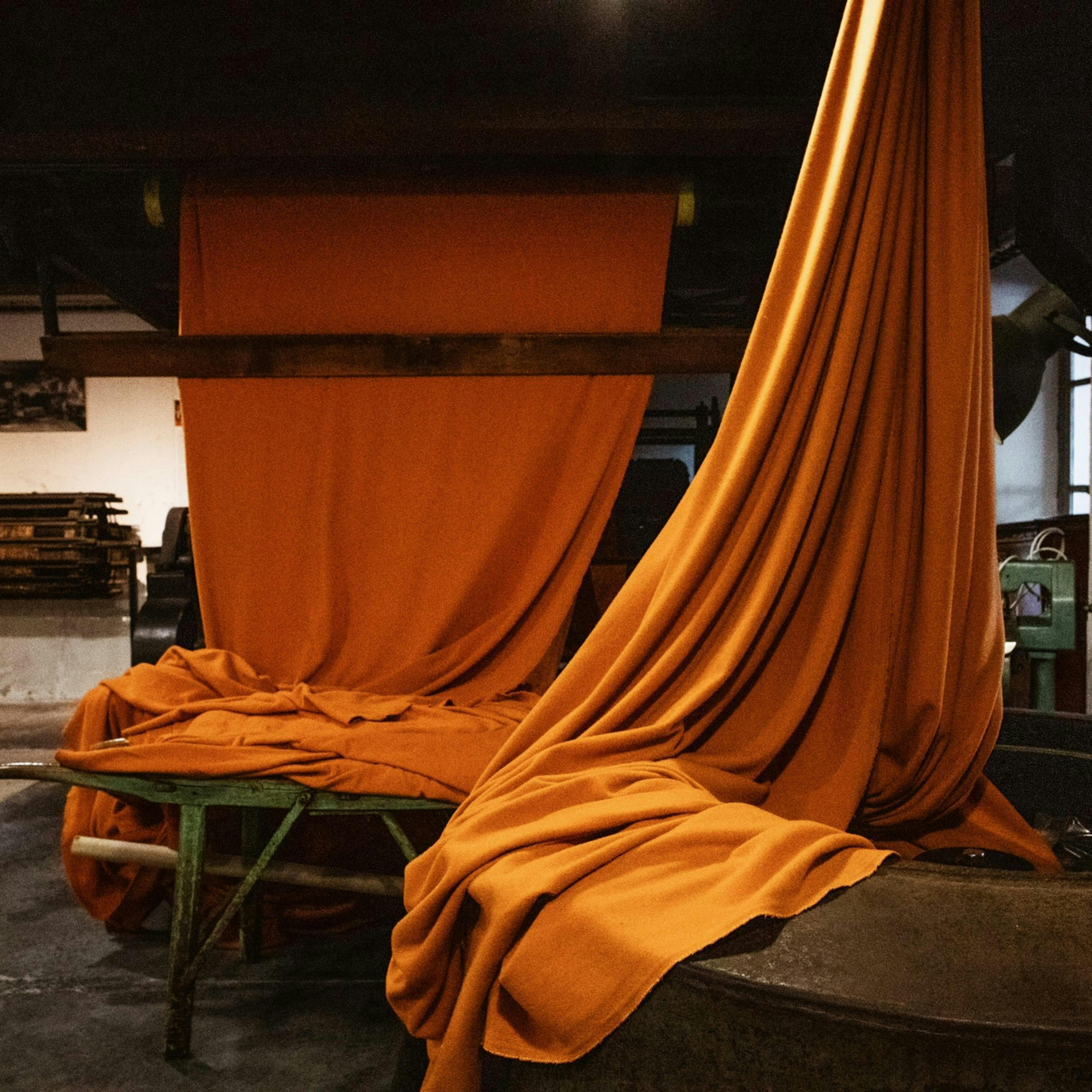
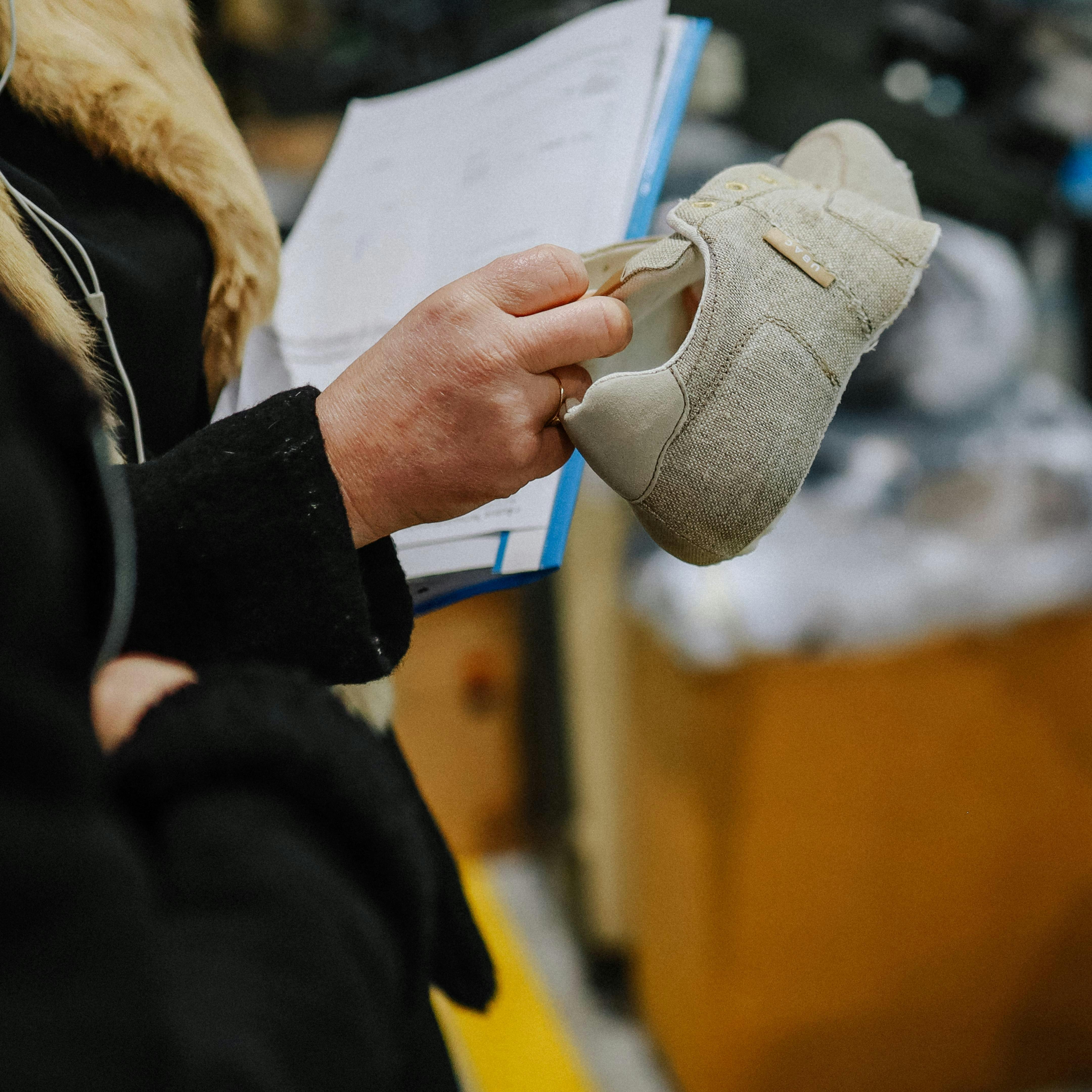
Manufacture
In this section, Carbonfact focuses on the manufacturing steps of the product (cutting, sewing, assembly...). Again, the most important element here is the type of energy used for these different steps. It is therefore crucial to know the location of the assembly shop. Another important point is the percentage of loss of raw material during processing, which helps define the original amount of material to make a product. If the information is not available, default measurements from databases are used.
Distribution
Emissions from transportation from the factory to a warehouse, but also to the store and to the consumer are taken into account. Carbon Fact asks for the location of factories and warehouses, but also the mode of transportation to estimate the distance and emissions.
Product use
Washing, drying, ironing... To calculate these data, we ask ourselves how long the product will be used, how often it will be washed, how many times and how it will be dried, and the time spent ironing it. It all depends on the region in which the person who consumes the product lives, as well as the weather in the area.
End of life
This calculation is based on two data. First, the collection and transportation to a waste treatment facility. Second, the emissions associated with the processing of the waste. These figures are taken from PEFCR reports because it is very difficult to track a product at the end of its life.
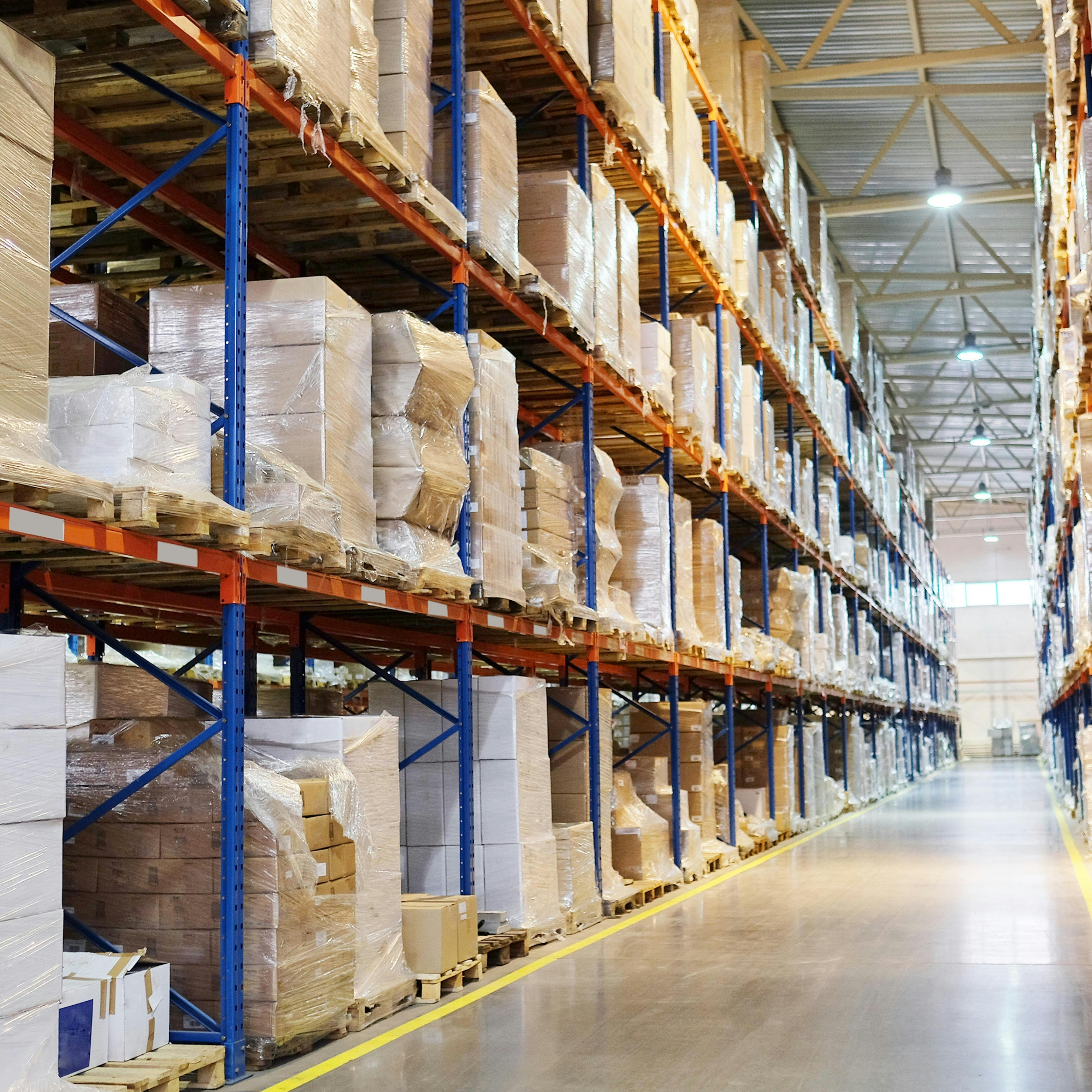
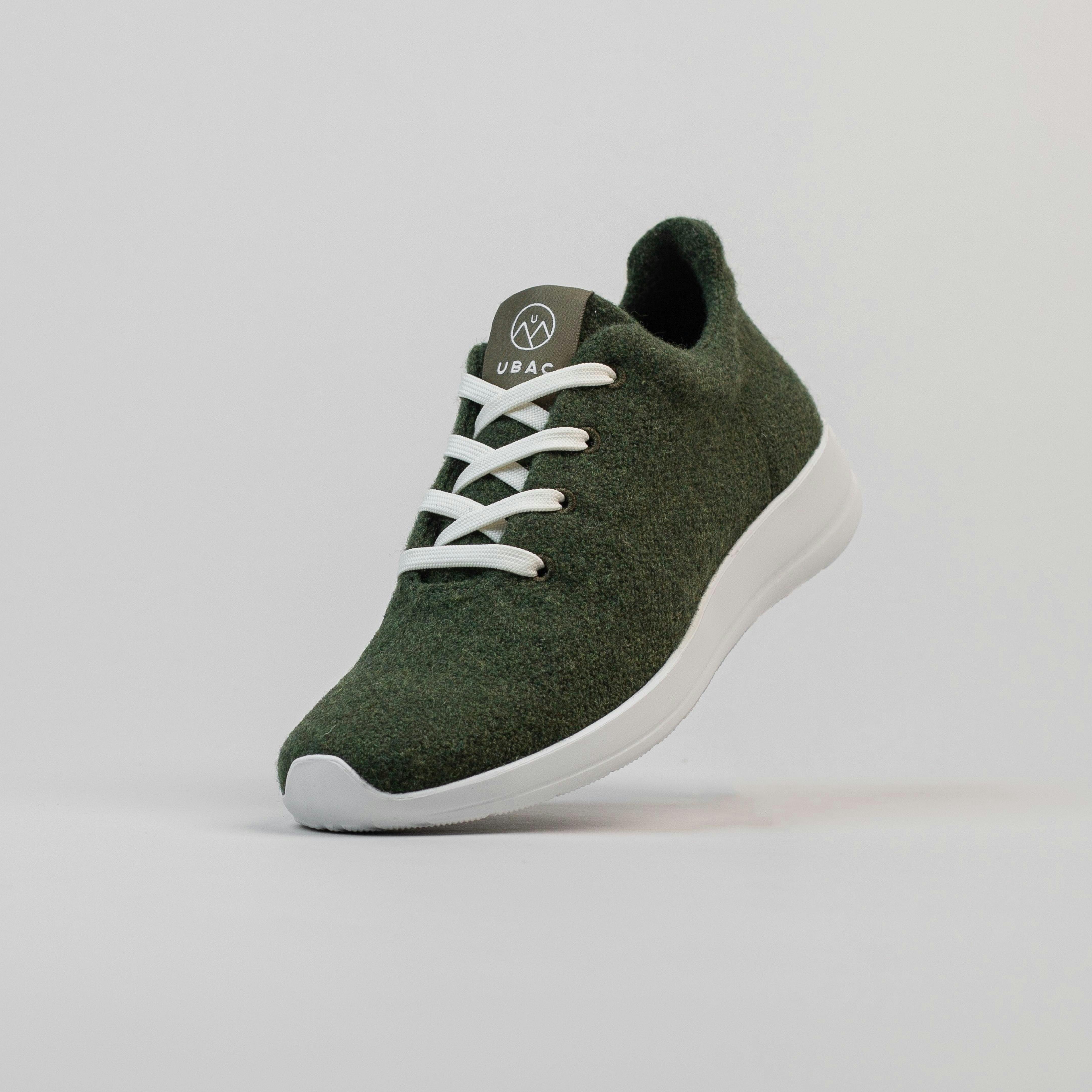
Chez Ubac, ça donne quoi ?
We gave all the information we had, starting with the names of our factories and all the data we had. But, as we explained in our article on transparency, it is difficult to know everything when using recycled materials.
In terms of results, our sneakers are on average 6kg of CO2 equivalent, which is about 60% less impacting than the market average.
Materials
They make up about 37% of the overall carbon footprint of the product, between 1.6 and 3.1kg, the market average is 10kg. This is due to the use of natural and/or recycled materials. In detail, the outer sole represents about 69% of the impact, the inner sole is at 2%, the upper at 28% and the laces at 1%.
Assembling and manufacture
Assembly accounts for 46% of the overall carbon footprint, or between 2.5 and 3.2 kilos of CO2 equivalent. This is less than the market average, which is 5.3 kilos. This can be explained by the fact that our products are manufactured in Portugal, in factories that do not use coal.
Transport
As our factories are in Portugal and we only deliver in Europe, transportation is reduced compared to a brand that manufactures in Asia, with warehouses and deliveries all over the world. At Ubac, transportation makes up about 3% of the global footprint of a product, or between 0.15 and 0.17 kgCO2e.
Packaging
We send our products directly in their boxes, which are made of recycled cardboard. This represents 0.42g of CO2 equivalent on the global footprint.
